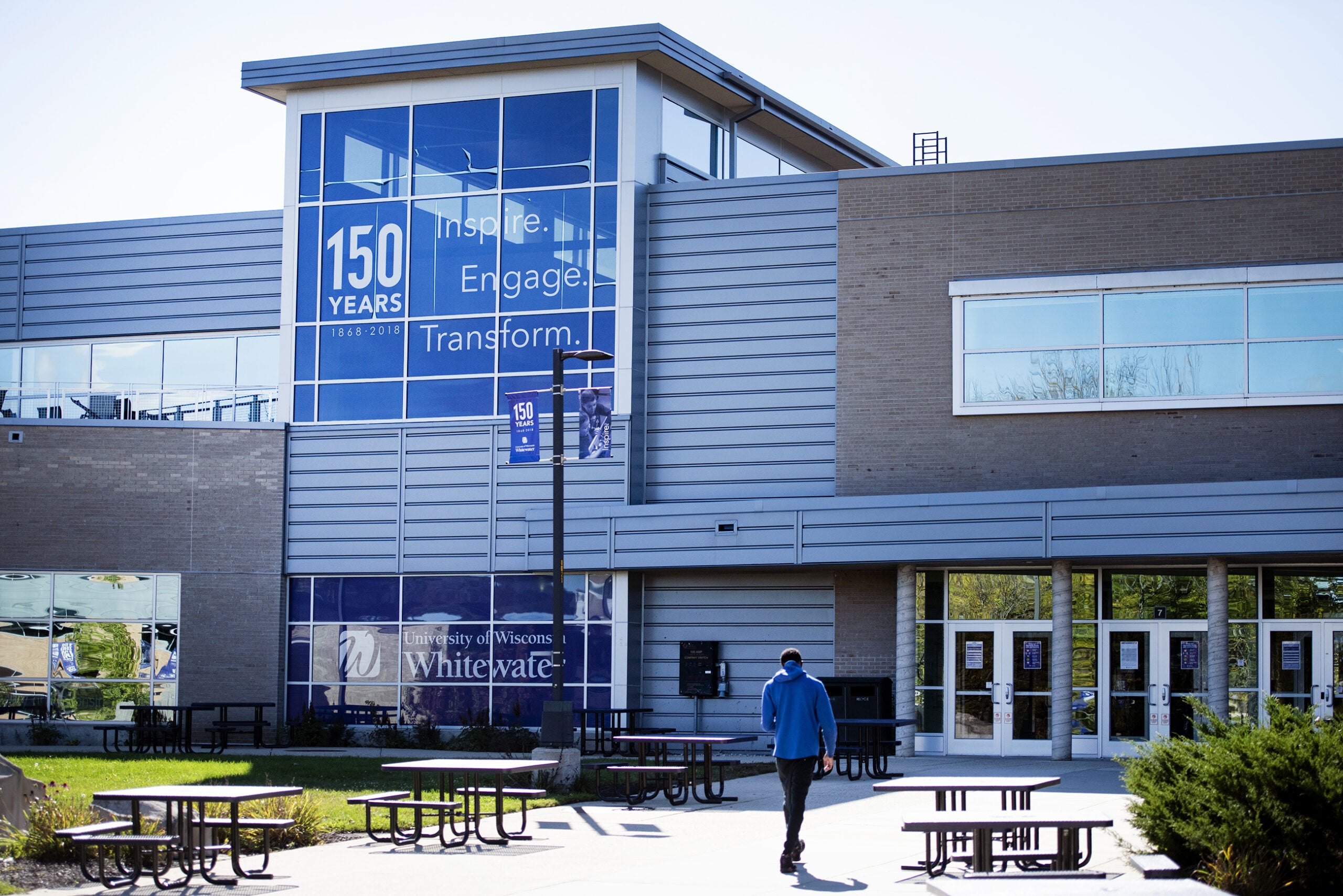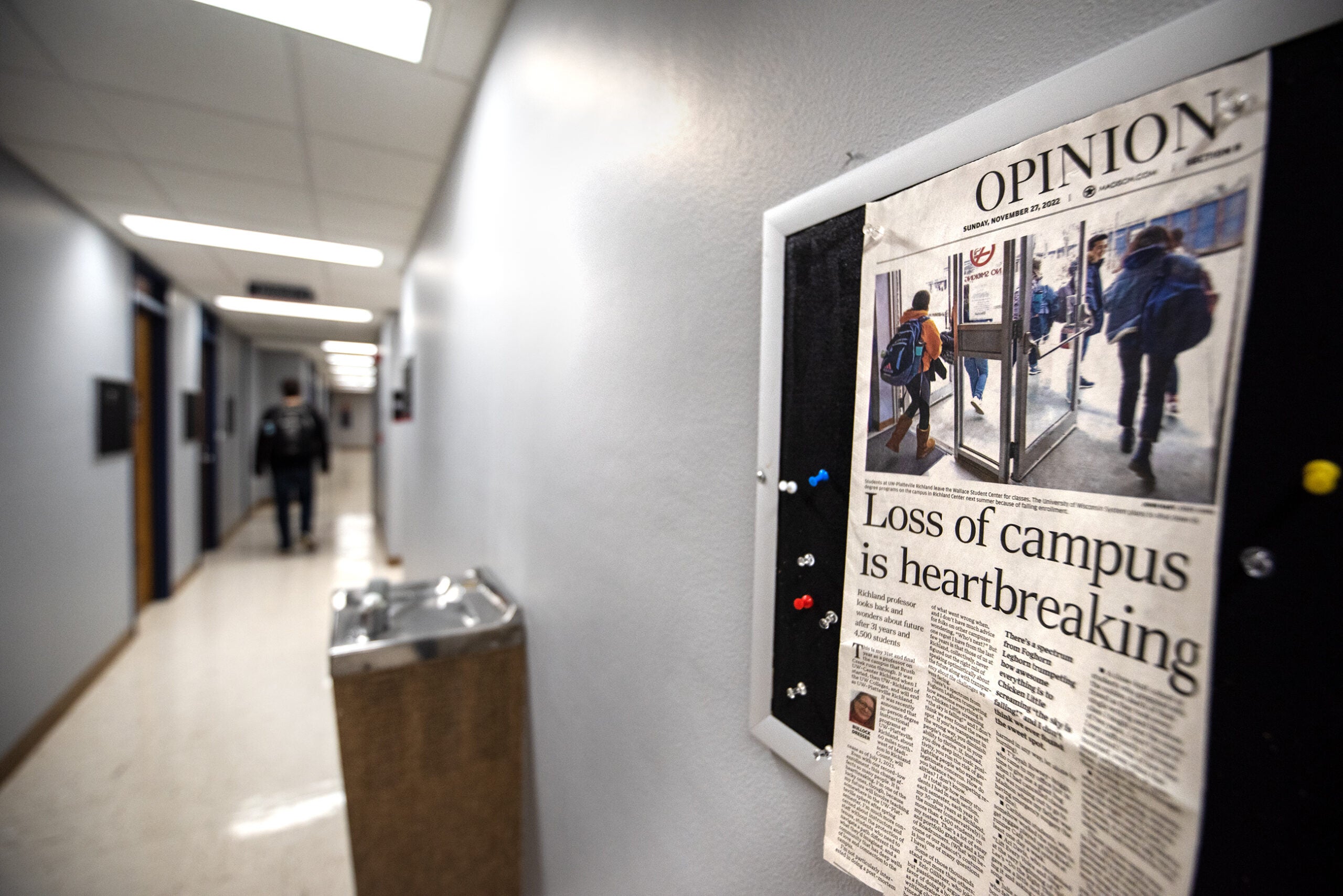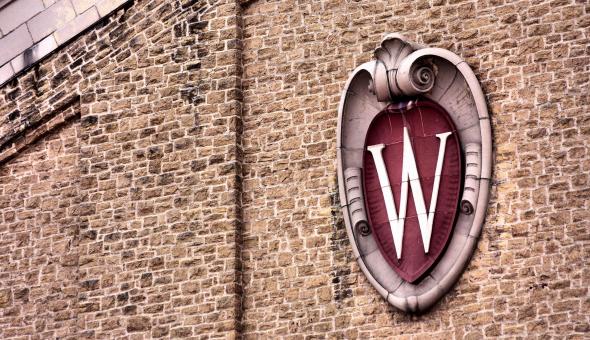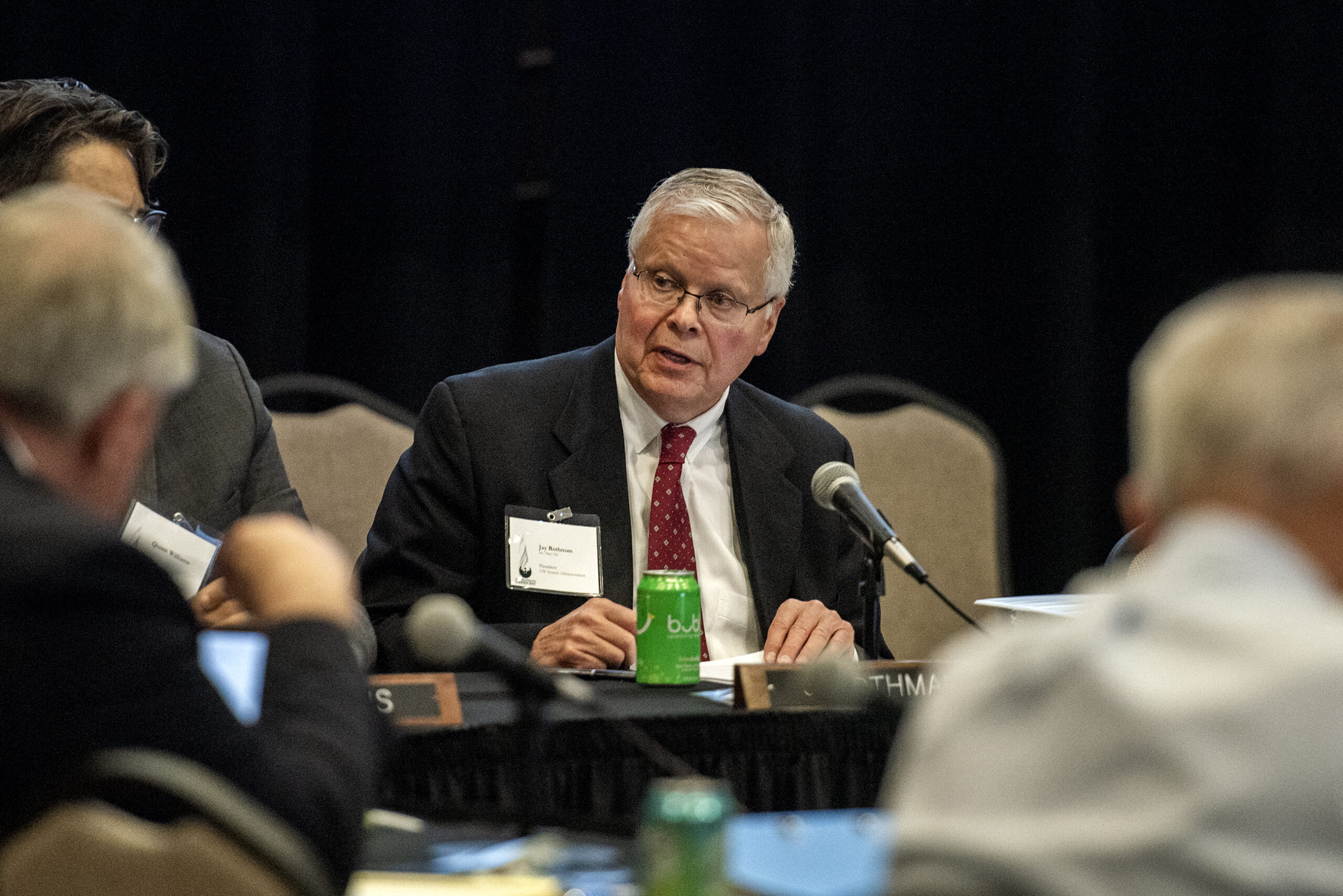Balances in tuition reserve funds across the University of Wisconsin System are at their lowest levels since 2008. Without a significant cushion, some campuses are cutting spending and staff to address financial problems caused by declining enrollment, the coronavirus pandemic and eight years of frozen tuition.
Data obtained by WPR through a state open records request show that leftover revenues known as tuition fund balances fell at most UW System campuses between the 2017-18 school year and June of 2020.
Tuition fund balances are revenues left over after expenses are paid in a prior campus budget year and are used to safeguard a university against declines in revenue from tuition or reductions in state funding.
News with a little more humanity
WPR’s “Wisconsin Today” newsletter keeps you connected to the state you love without feeling overwhelmed. No paywall. No agenda. No corporate filter.
It’s not unusual for universities to set aside such reserves to cover unexpected losses or costs. University systems in California and Tennessee recommend campuses keep three months’ worth of operating expenses in cash balances.
Within the UW System, some of the tuition fund balance declines were significant. UW-Stout reported a negative balance of $133,181 at the end of June. The campus had more than $8 million in reserves three years before. UW-Whitewater saw its tuition balances drop from more than $15.5 million to under $3 million in that same period, a decline of more than 81 percent.
UW-Stout lost more than 1,200 students between 2016 and fall of last year, according to the UW-System’s Accountability Dashboard, which works out to a near 13 percent decline. This year, enrollment has fallen again by around 5 percent from fall of 2019, meaning the campus will take in nearly $2 million less in tuition revenue than expected.
English professor and Faculty Senate Chair Glenda Jones said tight budgets have been the norm on campus, but if state lawmakers hadn’t forced the university to spend down its tuition balances, “we would not be in this sort of panic that we are in right now.”
“This summer, myself, I was just thinking, ‘Are we going to make it through this? Or is the state Legislature going to come and lock the doors?’” Jones said. “You know, I just really didn’t know how bad things were going to get and I did feel some resentment about not having those reserves.”
UW-Stout’s doors remain open, but because of its negative tuition balance at the end of the fiscal year, it has submitted a savings plan to the UW System’s finance office, according to documents provided to WPR. The plan includes early retirement buyouts to reduce staff and a “potential organizational restructuring.”
Jones said the buyouts offered this fall include four months of salary for those who qualify for early retirement, which is two months less than what was offered in a different buyout this spring when the campus had more resources.
UW-Stout Special Assistant to the Chancellor Doug Mell told WPR in an email that the June 30 tuition balances are a “point-in-time snapshot.” He said on July 1, the campus had around $2 million in tuition balances from summer enrollment.
Pandemic, Years Of Funding Cuts Lead To Dwindling Balances
The coronavirus pandemic created significant financial challenges for universities nationwide this spring. Sue Menditto, the senior director of accounting policy with the National Association of College and University Business Officers, said she couldn’t comment on specifics regarding the University of Wisconsin System’s tuition balances. But she said that in general, campuses lost out on revenue sources like student housing and dining services, which can provide up to 25 percent of campus budgets.
“You know, that would translate to between two and three months of reserves … (which) would have been very helpful,” said Menditto.
But well before the pandemic, the UW System faced years of funding cuts thanks to scrutiny over its reserves.
The debate in Wisconsin over how much money campuses should keep in their tuition reserves accounts goes back to 2013. That year, Republican state lawmakers were outraged when a memo from the state’s non-partisan Legislative Fiscal Bureau showed $648 million dollars in cash reserves across the UW System, most of which came from unspent tuition revenue. That followed five years of back-to-back 5.5 percent tuition increases set by the UW Board of Regents.
Even former Democratic state Rep. Peter Barca, then the Assembly minority leader, joined the chorus of lawmakers demanding a two-year freeze on new tuition increases.
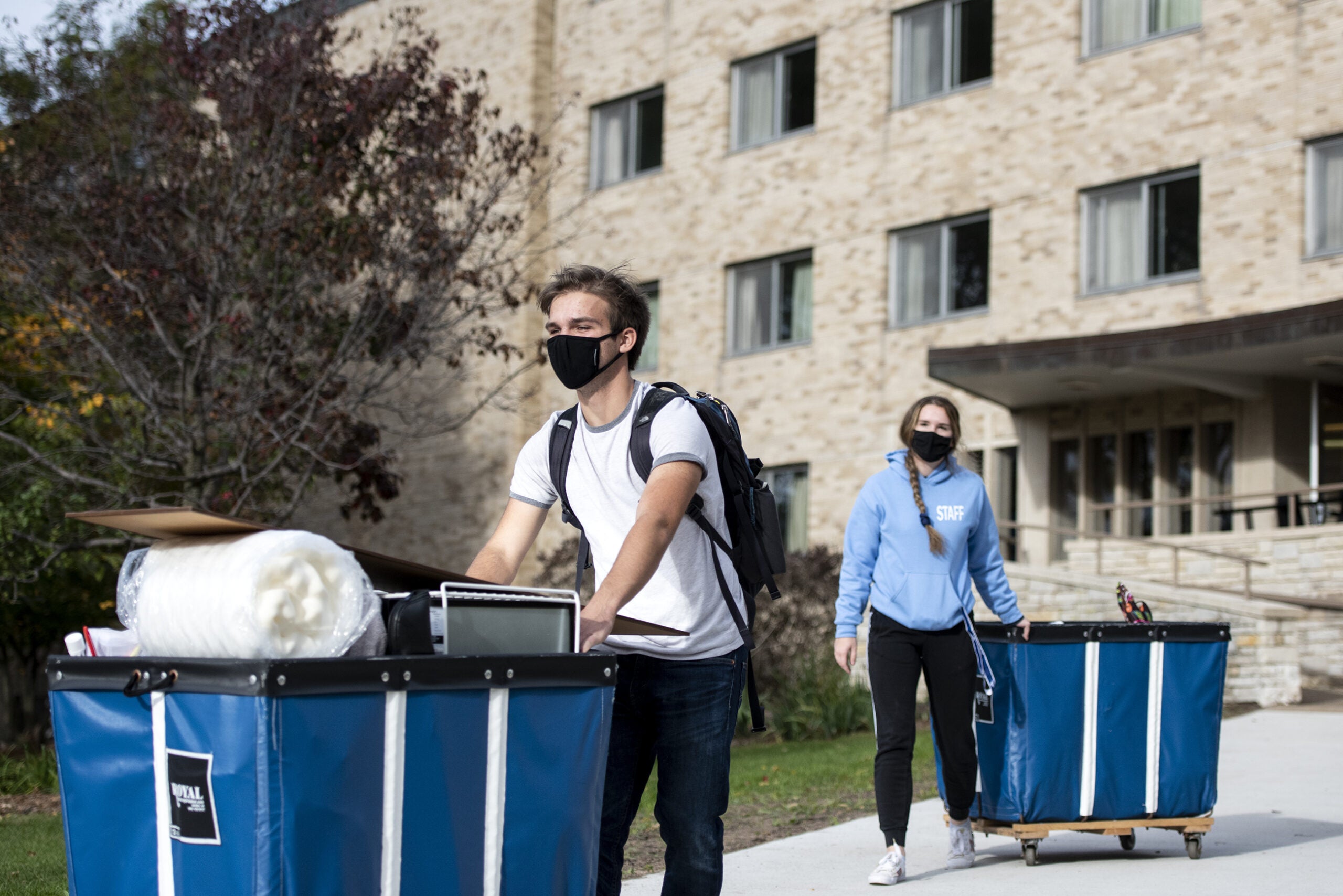
The Legislature ultimately passed a two-year tuition freeze as part of the state’s budget. In the 2015-17 state budget, tuition was again frozen, but former Republican Gov. Scott Walker took things one step further when he proposed a $300 million cut in state funding to the UW System to force campuses to spend down reserves. Republican leaders in the state Legislature settled on a $250 million cut.
A spokesperson for state Sen. Howard Marklein, R-Spring Green — one of the most outspoken opponents of the balances in 2013 — said the senator had no comment on the latest tuition balance data. Communications staff for Assembly Speaker Robin Vos, R-Burlington, and state Senate Majority Leader Scott Fitzgerald, R-Juneau, did not respond to interview requests.
Some University of Wisconsin campuses are now grappling with the consequences of the Legislature’s funding decisions.
UW-Stout is the third regional campus to submit a savings plan to the UW System’s central finance office in the past year, following UW-Stevens Point and UW-Oshkosh.
In December 2019, UW-Oshkosh Chancellor Andrew Leavitt announced the university had to reduce its budget by 7.5 percent through 2021 or it would “simply spend more money than we will bring in,” without enough reserves to cover the difference. Leavitt said at the time that the university would use retirement buyouts to cut an estimated 70 staff positions.
As of June, UW-Oshkosh had nearly $11 million in tuition balances, which a campus spokesperson said works out to 4 percent of its overall budget and represents half a month of operating expenses.
After three years of significant enrollment declines, UW-Stevens Point made national news in 2018 when Chancellor Bernie Patterson announced up to 13 degree programs would be cut to save money. Ultimately, the plan was dropped.
That same year, the campus developed a financial recovery plan with the UW System, which runs through 2022 and included $8 million in cuts. A campus spokesperson told WPR the university has reduced its staff by 58 employees over the last two years through early retirement buyouts, leaving vacant positions unfilled and laying off a small number of people.
Those reductions have helped to more than double the university’s tuition balances over the past two years.
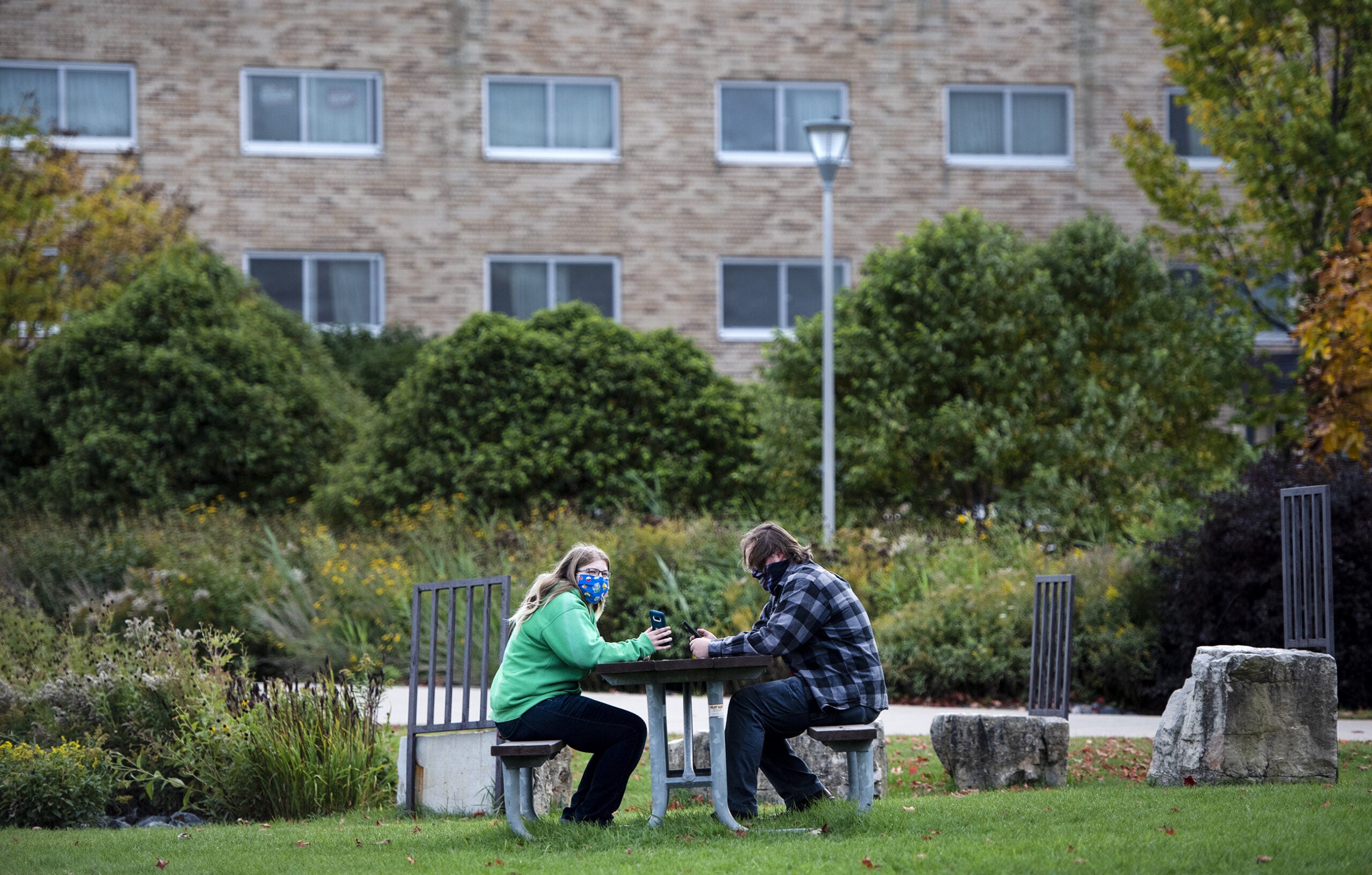
UW-Stevens Point Vice Chancellor for Business Affairs Pratima Gandhi told WPR the campus has worked to broaden tuition revenue streams by participating in a collaborative online degree program through the UW Extended Campus. Provost and Vice Chancellor for Academic Affairs Greg Sommers said the Stevens Point campus also received financial assistance from UW System aimed at student recruitment and retention.
“We stabilized our enrollment and have even grown in some areas, especially in graduate programs, and that’s helped contribute to the increased tuition balance,” said Sommers.
While he favors the tuition freeze as a means to keep college affordable and accessible, Sommers said the state needs to backfill it with new state support.
“Otherwise, institutions like ours get squeezed. And that’s just a math problem. It’s not a political statement. It’s just mathematics,” he said.
While UW-Whitewater hasn’t submitted a specific savings plan to UW-System, its tuition balances only represent around 1 percent of its overall budget. In January, newly hired chancellor Dwight Watson sent a letter to employees announcing the campus had to cut $12 million over the next two years due to a 4 percent decline in enrollment since 2016. He said layoffs and reductions in professional development funds for faculty and staff may be necessary.
“In the past, UW-Whitewater had robust reserves that allowed campus to weather challenges,” wrote Watson. “That is no longer the case, and we must align our spending to the revenue we generate. The current plan to correct that imbalance includes reducing operational expenses by $6 million in fiscal year 2020 and an additional $6 million in FY21. These are base budget cuts, not one-time reductions.”
But Interim Vice Chancellor for Administrative Affairs Taryn Todd Carothers said the campus’s 81 percent decrease in tuition balances between the 2017-18 school year and July 2020 “hasn’t had an impact on the campus overall.” Carothers also said that financial support from the federal CARES Act has helped the campus navigate the pandemic.
“We actually did a good job of putting ourselves in a strong position, despite what the balance necessarily says,” said Carothers.
A WPR review of balances for “unrestricted funds” — a broad category of funds that includes tuition reserves — at state universities shows only UW-Green Bay meets the benchmark of having three months of reserves on hand. UW System leaders have stressed for years that a majority of funds described as “unrestricted” are actually dedicated for things like future construction, maintenance, student assistance and paying debt service.
Green Bay is one of three campuses without a savings plan to see tuition balances grow between the 2017-18 school year and June 30, 2020. The university has bucked the trend of declining enrollment, reporting annual gains since 2015.
But because the campus’s tuition balances now makes up more than 12 percent of its expenditures, UW-Green Bay Chancellor Michael Alexander said it has to submit a plan showing how it will bring them down, another requirement from lawmakers.
“We need to make sure that we keep growing, that we spend that down appropriately and reinvest in the campus to keep us moving forward,” said Alexander.
Legislative Efforts To Support UW System Have Stalled
The chair of the state Assembly Colleges and Universities Committee, Rep. Dave Murphy, R-Greenville, said that it was a good thing to have forced schools to spend down tuition reserves after they “got very large.”
“Having some mechanisms in place that allow us to keep (tuition reserves) at small levels and still feel comfortable that we’re not putting the institution in any kind of a bad economic place… I think that’s a reasonable way to handle our situations on campus,” said Murphy.
But Murphy also favors ending the freeze on tuition increases. In July 2019, Murphy introduced a bill that would have allowed the UW Board of Regents to raise tuition with a cap tied to inflation.
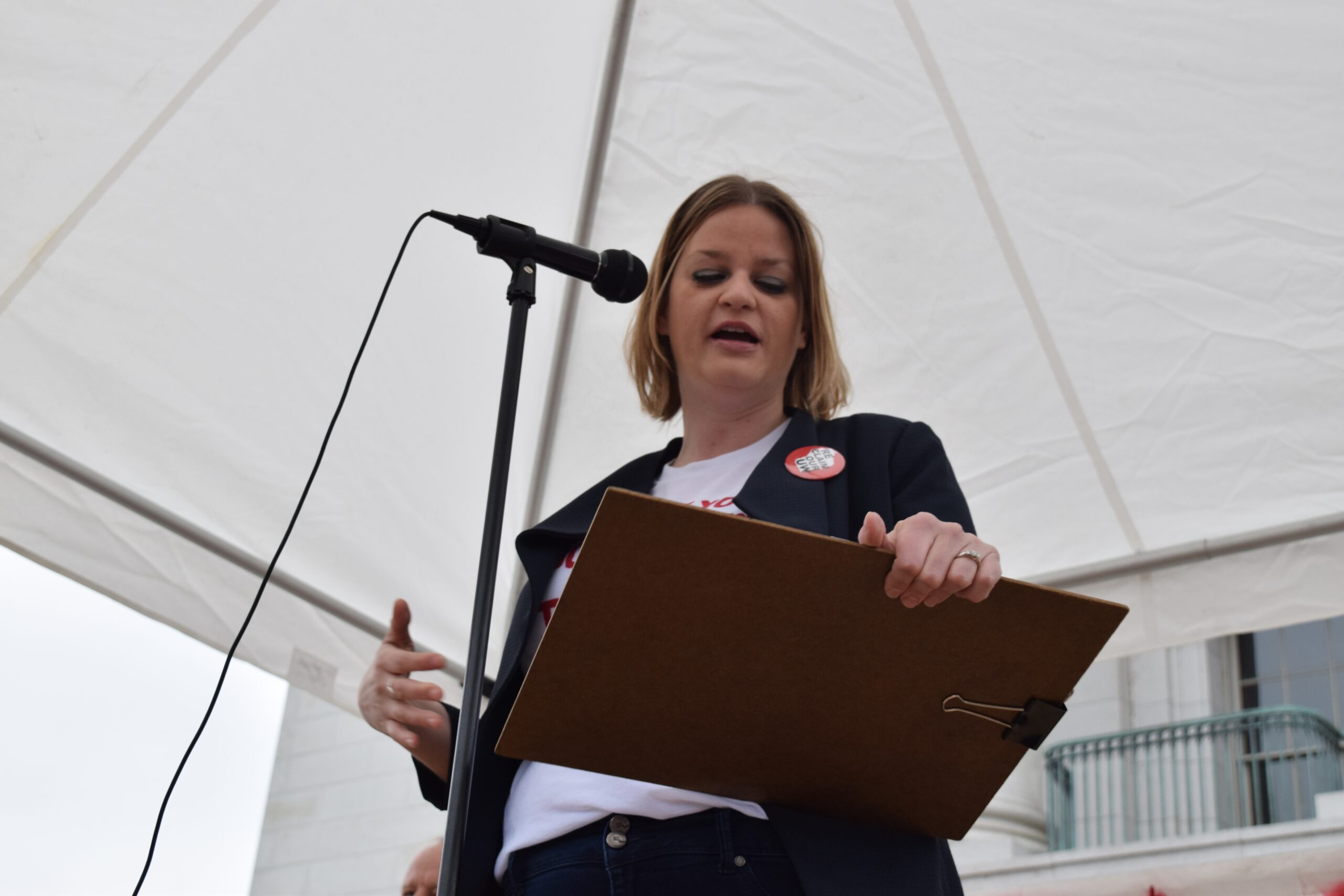
Murphy’s bill never made it to a vote. Democratic Gov. Tony Evers included another two-year tuition freeze in his 2019-21 state budget proposal coupled with additional state funding to make up the difference in lost revenue. The Republican-led Joint Finance Committee removed the additional funding and kept the freeze before Evers signed the document into law.
State Rep. Katrina Shankland, D-Stevens Point, introduced legislation to increase state support to “fund the freeze” in order to give campuses a more stable financial footing, but the bill died when the state Assembly adjourned in May. She said the budget problems they face while navigating the coronavirus pandemic are the result of a “created crisis.”
“The Republicans who forced UW System institutions to spend down their cash reserves would say they need to be run like a business,” said Shankland. “But it’s a common business practice to keep cash reserves on hand for financial emergencies like this one.”
University of Wisconsin System Regent President Drew Petersen joined the board in the midst of the furor over Republicans’ discovery of the UW System’s reserves in 2013. He said the UW System has worked hard on financial accountability, and he’s pleased with the progress the system has made in spending down balances as lawmakers required.
But Petersen said the eight-year tuition freeze has added an additional hurdle for campuses.
“I think the tuition freeze puts campuses at a very challenged level,” said Petersen. “Because that’s your operating revenue, and it doesn’t change year over year.”
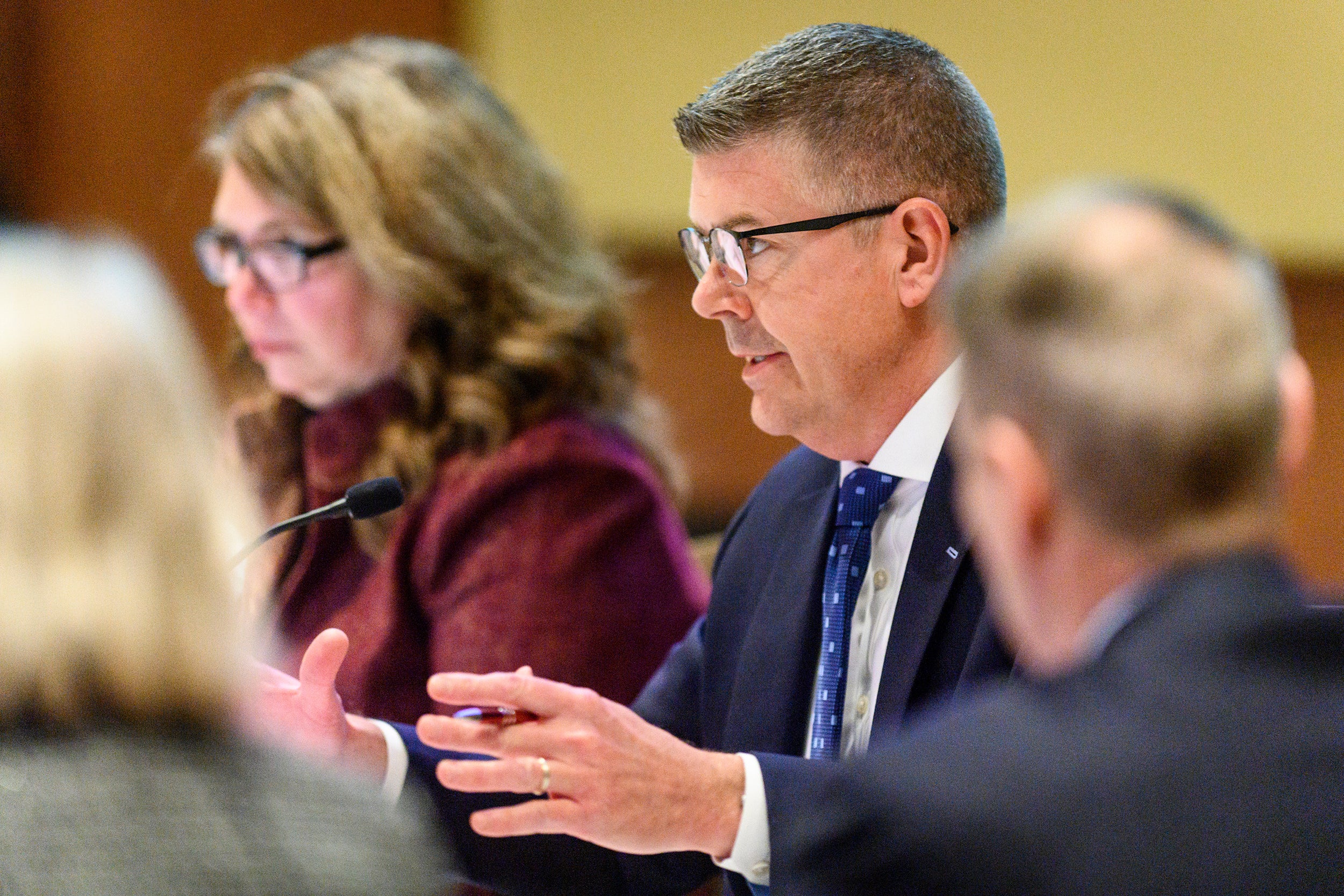
Over the past eight years, the tone from UW System leadership has changed with regard to the tuition freeze, cuts levied by state lawmakers and declining tuition balances. No one has exemplified this shift more than former Republican governor and current UW System Interim President Tommy Thompson, who told the Board of Regents in August that state universities have been “kept down” by lawmakers that don’t trust them.
“And, we have, as a system, have been apologizing. And I don’t want to apologize anymore,” said Thompson.
In his first UW System budget proposal, Thompson sought an additional $95.7 million in state funding and authority to create a line of credit for the state’s colleges. But as the pandemic and its economic aftermath drag on, Wisconsin’s regional public universities are likely to be forced into more hard financial decisions.
Wisconsin Public Radio, © Copyright 2025, Board of Regents of the University of Wisconsin System and Wisconsin Educational Communications Board.

